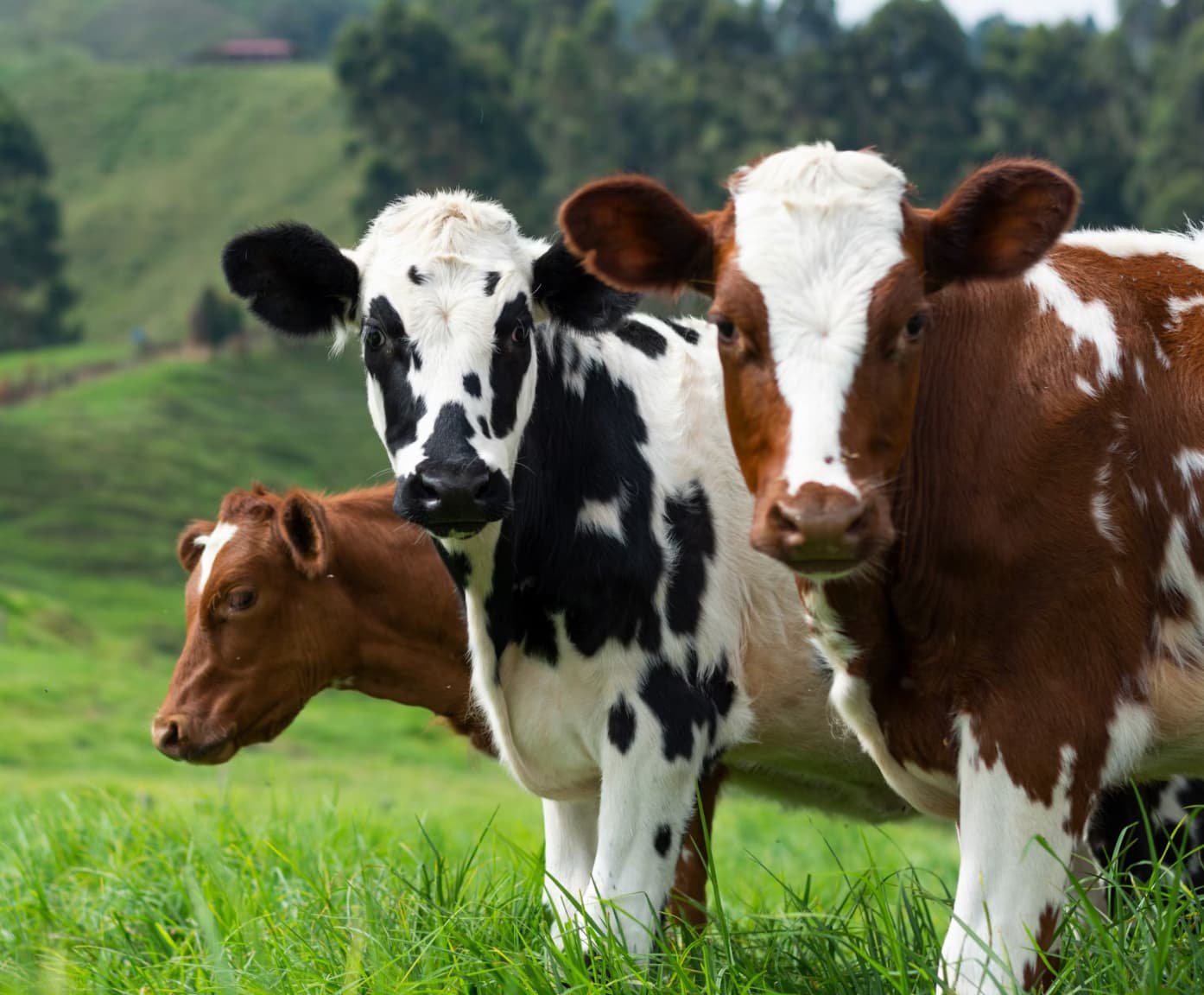TABLE OF CONTENTS
Lacerations of the Birth Canal in Animals: Causes, Symptoms & Treatment in Veterinary Obstetrics
Lacerations of the birth canal are tears or injuries that occur in the vulva, vagina, cervix, or perineum during parturition.
These injuries commonly result from difficult or assisted deliveries, oversized fetuses, improper use of obstetrical instruments, or vigorous traction.
It is mandatory for the obstetrician to carefully examine the birth canal of the animal immediately after attending to a dystocia, for evidence of any contusions and lacerations.
In Uniparous Animals
Following forced extraction and fetotomy procedures to relieve a dystocia, it is common to have some minor lacerations and trauma, especially to the vulva and cervix. The vagina, being freely dilatable, is less often injured.
- Minor lacerations are of little importance.
- Usually heal promptly without treatment.
- Severe lacerations of the cervix in cattle seldom result in rupture; some recommend immediate suturing through the vagina to prevent the healed cervix from gaping or being ectopic, and prevent the formation of excessive connective tissue in the cervix.
- Mild lacerations of the endometrium heal promptly.
- Healing may be aided by hastening involution process by administration of Inj. pituitrin or oxytocin and estrogens.
- Vaginal lacerations usually occur near the vulva-vaginal border.
- Lacerations of the vulva are usually mild when parturition is physiological. Occasionally the mare, especially if sutured by the Caslick operation, will tear the vulva in a normal parturition.
In the Mare and Cow
- Vulvar lacerations are quite common.
- Usually occur when strong traction is applied too rapidly to permit normal dilation of the vulva.
- Mild lacerations need not be sutured.
- Deep lacerations or episiotomy incisions should be promptly sutured with deep vertical mattress nylon or catgut sutures after parturition to prevent gaping and scarring of the vulva and thereby predisposing to vulvitis and vaginitis.
- Administer parenteral antibiotics.
- In mares and cows with relaxed, flaccid, tipped or horizontal vulvas, the dorsal half or two-thirds of the commissure should be sutured using Caslick or vulva-suturing technique.
- Lacerations, if not sutured, Infection usually sets in the traumatized or devitalized tissue or if metritis and retention of the fetal membranes are present.
Symptoms in Infected Lacerations of the Vulva
- Pain
- Swelling
- Persistent straining or “wind sucking” conditions
Recommended Treatment
- Parenteral antibiotics
- Local treatment of lacerations by suturing early
- Application of protective mild antibiotic dressings
- In mare, administer Inj. tetanus toxoid (TT)

